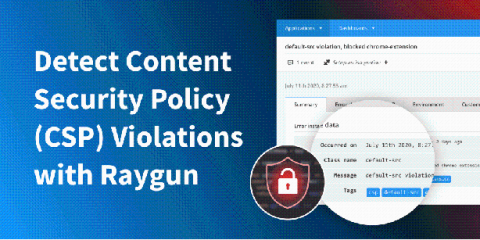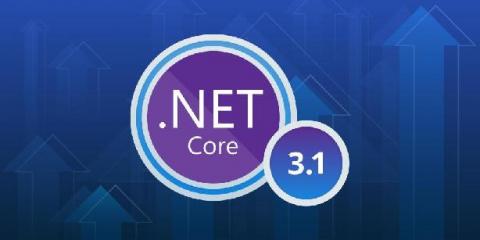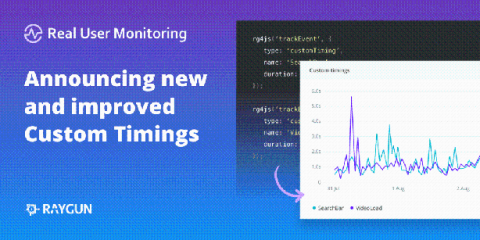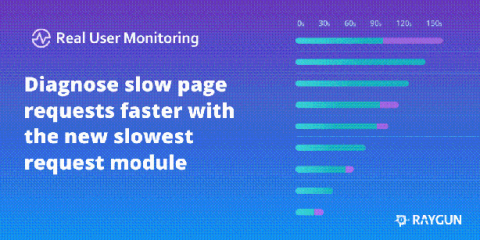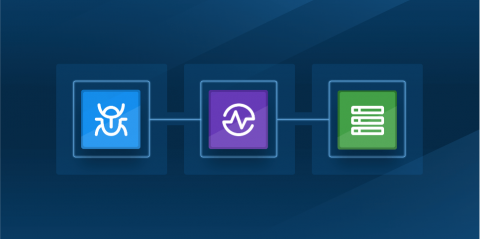How Raygun increased transactions per second by 44% by removing Nginx
Here at Raygun, improving performance is baked into our culture. In a previous blog post, we showed how we achieved a 12% performance lift by migrating Raygun’s API to .NET Core 3.1. In publishing this, a question was asked on Twitter as to why we still use Nginx as a proxy to the Raygun API application. Our response was that we thought this was the recommended approach from Microsoft. It turns out this has not been the case since the release of .NET Core 2.1.




